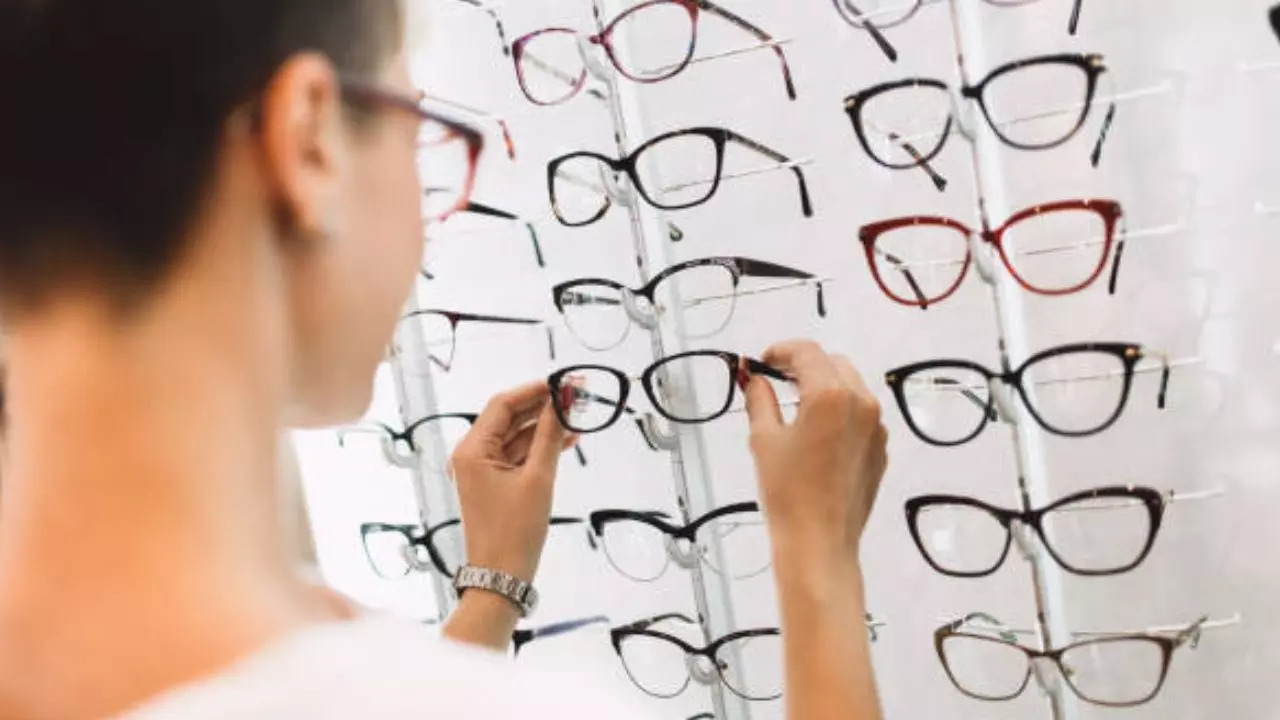5 things to consider when choosing the right specs for your eyes (Image credits: iStock)
Choosing the right pair of glasses isn’t just about choosing stylish frames that look good. It’s about choosing glasses that fit your visual needs and improve your eye health. With so many options available, choosing can be confusing. But don’t worry anymore! Here we have listed the factors you should consider when selecting the perfect glasses for your eyes.
1. Understand your vision and prescription needs
Before purchasing new specifications, it is important to fully understand your prescription. Your optometrist will help you select whether you need correction for nearsightedness, farsightedness, astigmatism or presbyopia. All of these conditions require different types of lenses.
For example:
Single vision lenses are designed to correct near or distance vision.
Bifocals or progressive lenses address both near and distance vision, often necessary for people over 40 who have trouble seeing objects up close (presbyopia).
According to the American Academy of Ophthalmology, making sure your lenses perfectly match your prescription helps prevent unnecessary eye strain and further vision deterioration.
2. Choose the right lens material
Lens material affects the comfort, durability, and performance of your glasses. Depending on your lifestyle and the strength of your prescription, choosing the right material is essential. Some common lens materials include:
CR-39 (Plastic): This material is preferred for everyday glasses as it is lightweight and economical. However, plastic lenses can be easily scratched without a protective coating.
polycarbonate: Impact-resistant polycarbonate lenses with built-in UV protection are ideal for people with active lifestyles or people prone to dropping their glasses. The Vision Council recommends these lenses for children and athletes due to their durability.
High index plastic: If you have a strong prescription, high-index lenses are thinner and lighter, offering greater comfort without the chunky look of traditional lenses.
trivex: Similar to polycarbonate but offering better optical clarity, Trivex is another option for people looking for strong, impact-resistant lenses.
Choosing the right material ensures long-lasting comfort, especially if you wear glasses all day.
3. Consider essential lens coatings
Lens coatings can improve the life of your glasses. Proper coating ensures that your glasses serve you well in different conditions. Here are some coatings you can consider:
Anti-Reflective (AR) Coating: Reduces glare from screens, headlights and sunlight. AR coatings are especially useful for those who spend long hours in front of digital devices. A study from Investigative Ophthalmology and Visual Science found that anti-reflective coatings can minimize digital eye strain, which is common in today’s screen-heavy environment.
UV Protection: Protecting your eyes from harmful UVA and UVB rays is essential, even if your glasses are primarily for vision correction. Lenses that block 100 percent of UV rays help prevent cataracts and other sun-related eye problems.
Blue Light Filter: As we spend more time in front of digital devices, blue light blocking lenses can help reduce eye strain and improve sleep quality. The American Optometric Association reports that blue light can interfere with our circadian rhythms, making it difficult to fall asleep.
Scratch-resistant coating: This is especially useful if you choose plastic lenses, as it makes them more durable and less likely to be damaged.
4. Ensure proper frame fit and comfort
Poorly fitting frames can cause headaches, discomfort, and even long-term eye strain, so consider comfort over style. It is essential to select frames that are comfortable for prolonged wear. Some points to keep in mind when checking for a good fit:
Bridge Fit: The bridge should rest comfortably on the nose without pinching or leaving marks. A well-fitting bridge ensures that the glasses stay in place.
Temple Arms: The arms of the frames should extend smoothly over the ears without applying too much pressure. If they are too short or long, the frames can slide or become uncomfortable.
Frame Width: Make sure the frames are the right width for your face. If they are too wide or too narrow, they can cause discomfort or appear unbalanced.
According to a study published in Contact Lens and Anterior Eye, poorly fitting frames can cause additional tension, discomfort, and frequent adjustments, leading to headaches and neck pain.
5. Match your glasses to your lifestyle
Your daily activities can also influence choosing the right pair of glasses. For example:
If you spend a lot of time in front of the screen, blue light filtering and anti-glare lenses will reduce the strain.
For outdoor activities, photochromic (transitional) lenses, which darken in sunlight, provide additional UV protection and comfort.
For athletes, polycarbonate or Trivex lenses are impact resistant and more durable, offering better protection in case of accidents.
Disclaimer:
The information contained in this post is for general information purposes only. We make no representations or warranties of any kind, express or implied, about the completeness, accuracy, reliability, suitability or availability with respect to the website or the information, products, services, or related graphics contained on the post for any purpose.
We respect the intellectual property rights of content creators. If you are the owner of any material featured on our website and have concerns about its use, please contact us. We are committed to addressing any copyright issues promptly and will remove any material within 2 days of receiving a request from the rightful owner.

